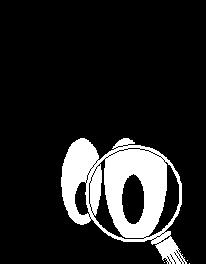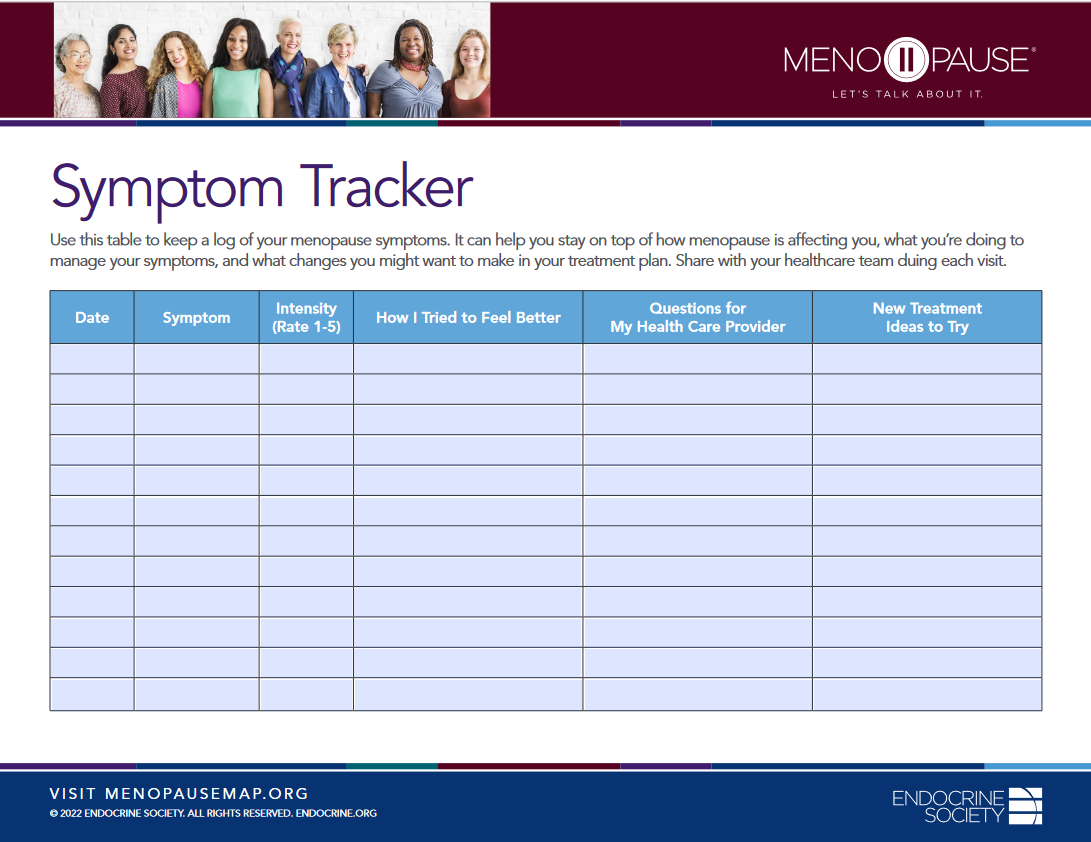“A sleep diary allows you to record
when you went to bed, woke during the night,
and woke in the morning”.1
Umbrella
What may the Sleep Umbrella include?
Depending on the Source (DotS) this Umbrella may include:
- Sleep Diary/Journal/Log
- Sleep Pattern
- Sleep Routine
Look for A Pattern
How may I Look for A Pattern with my sleep?
In Sleep Diary the American Academy of Sleep Medicine’s (AASM) Sleep Education website, the AASM elaborate on:
A sleep diary allows you to record when you went to bed, woke during the night, and woke in the morning. This will help you understand your sleep pattern and how much sleep you’re getting. It also will show how often you have disrupted sleep.
A sleep diary also will help you note certain activities that can affect your sleep. You will track the time of day when you exercise, nap, or take a medication. You also will record the time when you have caffeine or alcohol.
This information will give your health care provider an overview of your sleep schedule. It also may reveal other factors that are causing a sleep problem. Examples include drinking caffeine or taking naps late in the day”.2
In Sleep: About Sleep – What To Do: the (United States] Centers for Disease Control and Prevention explain:
- Going to bed and getting up at the same time every day
- Keeping your bedroom quiet, relaxing, and at a cool temperature
- Turning off electronic devices at least 30 minutes before bedtime
- Avoiding large meals and alcohol before bedtime
- Avoiding caffeine in the afternoon or evening
- Exercising regularly and maintaining a healthy diet”.3
Triggers
What triggers may result in insufficient sleep?
In Sleep Problems and Menopause: What Can I Do? Getting A Good Night’s Sleep During the Menopausal Transition the (United States) National Institute on Aging elaborate on:
- “Exercise at regular times each day but not close to bedtime
- Avoid eating large meals close to bedtime
- Stay away from caffeine (found in many coffees, teas, and chocolate) late in the day
- Remember, alcohol won’t help you sleep. Even small amounts make it harder to stay asleep”.4
Health Care Provider
What if I would like help to look for a pattern with my sleep?
If you would like help to look for a pattern with your sleep, it may be in your best interest to choose to talk to your health care provider about this. Together you can identify any patterns, discuss your options and if required, agree on who may be the most appropriate health care provider to help you.
Health Topics A-Z
Where may I find Health Topics A-Z related to Sleep Pattern?
In Health Topics A-Z you may find:
Links
Where may I find Links related to Sleep Pattern?
Your Country may have Links similar to:
Links
This Links List to third party websites is neither comprehensive nor exhaustive. Inclusion on this Links List does not imply endorsement or recommendation. Non-inclusion on this Links List does not imply non-endorsement or non-recommendation. Third party websites are not under the control of Meno Martha International Menopause Directory. Third party websites may contain explicit medical images and/or sexual references. Please read Meno Martha International Menopause Directory’s Links Policy before proceeding to a Link. Please contact Webmaster if you experience a problem with a Link.New or Updated
- Consumer Video and Podcast Series: 2024 Consumer Videos and Podcasts – Cognitive Behavioral Therapy and Menopause [03 December 2024]
- Here’s How To Get More Deep Sleep and REM Sleep [09 May 2025]
- Mayo Clinic Minute: Tips for Better Sleep [07 March 2025] [+ Video Courtesy: Mayo Clinic News Network]
- Menopause and Sleep [February 2025]
- Sleep Hygiene: Simple Practices for Better Rest [31 January 2025]
- Suggested Strategies To Optimise Sleep [February 2025]
- Up At 3 a.m.? This Could Be Why [22 May 2025]
- BMS TV: Sleep
- Better Sleep In 6 Steps
- Common Causes of Night Sweats and How To Fix Them
- Consumer Video and Podcast Series: 2023 Consumer Videos and Podcasts – NAMS 2023 Nonhormone Therapies Position Statement for Bothersome Menopause Symptoms
- Consumer Video and Podcast Series: 2023 Consumer Videos and Podcasts – New FDA-Approved Nonhormone Option for the Treatment of Hot Flashes
- Consumer Video and Podcast Series: 2024 Consumer Videos and Podcasts – Cognitive Behavioral Therapy and Menopause
- Consumer Video and Podcast Series: 2024 Consumer Videos and Podcasts – Preparing for Your Menopause Health Care Visit
- Could You Have Sleep Apnea Without Knowing It?
- Does Menopause Cause Insomnia and Sleeplessness?
- Dr. Susan Kok – Sleep and Menopause
- Enjoy Your Nap, But Be Aware of the Pros and Cons
- Eyes Wide Shut: How Caffeine Can Affect Your Sleep
- Healthier Sleep In Adults
- Healthy Sleep Tips for Women
- Here’s How To Get More Deep Sleep and REM Sleep
- Hot Flashes
- How Long Will I Have Hot Flashes and What Causes Them?
- How To Become A Morning Person
- How To Find Relief for Hot Flashes At Night
- How To Get the Most Out of Napping
- Insomnia: How You Can Treat Insomnia Yourself
- Mayo Clinic Minute: Help With Hot Flashes Due To Menopause [+ Video]
- Mayo Clinic Minute: How Lifestyle Changes May Help Manage Menopause Symptoms [+ Video]
- Mayo Clinic Minute: How Losing An Hour of Sleep Can Affect Your Body [+ Video]
- Mayo Clinic Minute: Managing Sleep During Menopause [+ Video Courtesy: Mayo Clinic News Network]
- Mayo Clinic Minute: Tips for Better Sleep [+ Video]
- Mayo Clinic Q and A: 5 Ways To Get Better Sleep
- Menopause & Sleep With Dr Sonia Davison [Podcast]
- Menopause Map: Downloadable Resources – My Personal Path Print Tools: Questions for Your Health Care Provider
- Menopause Map: Downloadable Resources – My Personal Path Print Tools: Relaxation Techniques
- Menopause Map: Downloadable Resources – My Personal Path Print Tools: Symptom Tracker

- Menopause Signs and Symptoms
- Menopause Treatments: What Works, What Doesn’t
- Menopause and Insomnia
- Menopause and Sleep
- Menopause and Sleep
- Menopause: Things You Can Do
- Mymenoplan.org [My Menoplan, United States]
- Menopause: Understanding the Changes and Finding Relief | Dr Susan Davis | The Proof Podcast EP 256
- National Center for Complementary and Integrative Health: Herbs At A Glance
- National Center for Complementary and Integrative Health: How Safe Is This Product or Practice?
- Navigating Menopause: Expert Insights and Solutions | Dr Susan Davis | The Proof Podcast EP 245
- Nonhormone Treatments for Hot Flashes and Night Sweats
- Perimenopause
- Perimenopause
- Persistent Pelvic Pain and Sleep
- Signs You May Need To See A Sleep Specialist
- Sleep Calculator
- Sleep Diary
- Sleep Hygiene: Simple Practices for Better Rest
- Sleep Tea
- Sleep Tips: 6 Steps To Better Sleep
- Sleep and Your Health: What can I try at home to help me sleep better?
- Sleep, Food, Exercise, Stress: Why Working on One of These Can Improve the Others
- Sleep.org
- Sleep: About Sleep
- Sleep: About Sleep – What To Do
- Suggested Strategies To Optimise Sleep
- Symptoms & Diagnosis: RLS Symptom Diary
- The Truth About Menopause Supplements | Dr Sarah Berry
- Tips To Help Manage Menopause Symptoms
- Try These 6 Steps for Better Sleep
- Tuesday Tips: How Aging Really Affects Your Sleep [+ Video]
- Up At 3 a.m.? This Could Be Why
- Videos and Podcasts: Videos – A Simple Approach To Menopause: The Menopause Quick Six (www.MQ6.ca)
- Webinars: Previous – To Sleep, Perchance To Dream
- What Makes A Good Night’s Sleep?
- What To Do When Anxiety Affects Your Sleep
- What To Eat When You Have Hot Flashes?
- Why Am I Still Tired After A Good Night’s Sleep?
- Why You Should Limit Alcohol Before Bed for Better Sleep
- Women & Sleep: A Guide for Better Sleep
- Worldsleepday.org

Sources
Where may I find the Sources quoted?
You may find the Sources quoted at:
Sources
- Sleep Diary. Updated March 2021. American Academy of Sleep Medicine https://sleepeducation.org/resources/sleep-diary/ Accessed: 01 March 2025
- Sleep Diary. Updated: March 2021. American Academy of Sleep Medicine https://sleepeducation.org/resources/sleep-diary/ Accessed: 01 March 2025
- Sleep: About Sleep – What To Do. 15 May 2024. Centers for Disease Control and Prevention https://www.cdc.gov/sleep/about/ Accessed: 01 March 2025
- Sleep Problems and Menopause: What Can I Do? Getting A Good Night’s Sleep During the Menopausal Transition. Content Reviewed: 30 September 2021. National Institute on Aging https://www.nia.nih.gov/health/sleep-problems-and-menopause-what-can-i-do Accessed: 01 March 2025









